- Sunscreen
- What are sunscreens?
Sunscreens are barriers which are applied to the skin. They work by absorbing or reflecting the sun’s UV rays away from your skin. Sunscreens come in a wide variety of forms ‐ creams, lotions, sprays, gels and sticks ‐ and there are many brands to choose from. Look for the Canadian Dermatology Association (CDA) logo on products to ensure the safety and effectiveness of the sunscreen. Products with the logo have been specially tested.
- How do I choose a sunscreen?
Look for a product with a minimum SPF of 30 to protect against the sun’s ultraviolet B (UVB), or burning, rays. The product should also contain ingredients that protect against ultraviolet A (UVA) rays which penetrate more deeply into the skin and are responsible for premature aging and contribute to the development of skin cancer. Sunscreens that are labeled “broad‐‐ spectrum” help protect against both.
- What is an SPF?
All sunscreens are labelled with a sun protection factor (SPF) number. This relates to the amount of time it takes for your skin to burn without any protection and how long it would take if you used the appropriate amount of sunscreen. An SPF is the ratio between the amount of UV which will cause sunburn in sunscreen protected skin, compared to that in unprotected skin. Sunscreens should not be used to extend the amount of time you would usually spend in the sun. Sunscreens should be used with other forms of sun protection, such as shade, hats and clothing, to protect you as much as possible.
- Are there sunscreens for use during sport?
Yes, some sunscreens are labelled as sport products and are suitable because they have been specially formulated to stay on the skin during sport.
- Is sunscreen safe to use?
The Canadian Dermatology Association supports the use of sunscreen as an effective and safe means to provide protection from the sun’s harmful rays. There is strong scientific evidence of the adverse effects of UV exposure in contrast to the hypothetical negative effects of sunscreen on your health. Seeking shade, wearing protective clothing and using a broad spectrum sunscreen all help in providing safe sun protection.
- Are there any sunscreens for sensitive skin?
If you have sensitive skin, try a small amount of the product on your arm and check for any reaction up to 48 hours later. People allergic or intolerant to the chemicals in sunscreens should look for products labelled “chemical‐free”. These usually contain ingredients such as titanium dioxide and zinc oxide that reflect rather than absorb the sun’s rays and are much less likely to cause a reaction.
- Are children more susceptible to developing a reaction to sunscreens?
In general, children under the age of two have more sensitive skin, but generally do not have problems with the use of sunscreens. It is important to note that many people can react to preservatives or fragrances contained in many products such as moisturizers, soaps or sunscreens, and this is much more common than reacting to an actual sunscreen filter.
- When should I put on sunscreen?
You should apply sunscreen generously and evenly before sun exposure to allow the active ingredients to bond to your skin. To be effective, all sunscreens need to be liberally applied; for example, one palm‐full for each arm and one for each leg. Also, remember to reapply regularly, especially after sweating heavily or swimming.
- Does a product still work after its expiry date?
Sunscreens contain chemicals that eventually break down, compromising the effectiveness of the product, so you should not use a sunscreen after its expiry date. Also, sunscreens are often kept in hot temperatures ‐ in the glove compartment of a car or in a beach bag ‐ conditions which accelerate the deterioration of the product.
- How do I protect my lips?
Use a minimum SPF 30 lip balm. There is a variety to choose from. Don’t forget to reapply every hour.
- When do I need to protect myself from the sun?
You should be protected from 11 am to 3 pm from late spring to early fall and during winter if you are involved in outdoor activities. The sun’s rays are strongest around midday, so try to avoid exposure around that time. The sun is harsher the closer you are located to the equator and at higher altitudes where the thinner atmosphere blocks fewer of the sun’s rays. The damaging effects of direct exposure to the sun can be increased if there is reflection from snow, water and light coloured sand. Snow reflects up to 80 per cent of the sun’s rays ‐ so you could be getting a double dose of radiation when involved in winter sports.
- General Sun Safety
- Protecting your family
Limit sun exposure between 11 am and 3 pm and especially around midday. If possible, try to keep children out of the sun from noon to 2 pm when the sun’s radiation is strongest.
Use wide-brimmed or legionnaire-style hats, as well as clothing to shade the skin. If using a baseball cap, don’t forget to apply sunscreen on the face, neck and ears.
Try to plan activities in the shade as much as possible. Involve school age children by teaching them the shadow test for sun safety. It is important to stay in the shade when the sun is directly overhead and its rays are strongest. If your shadow is shorter than you, it is time to use maximum sun protection. Create a sun safe environment for your kids with shade trees, an awning or umbrella.
Parents remember children need sun protection while on field trips, during breaks at school, for outdoor sports and during the spring through to the fall.
Use an SPF 30 or higher broad-spectrum sunscreen. Don’t put sunscreen too close to the eyes as some children rub around that area! Reapply regularly, especially after sweating heavily or swimming. And don’t forget to use a minimum SPF 30 lip balm.
Protect children on cloudy days since most of the sun’s rays can penetrate light cloud cover.
Special note for babies
Babies are not born with a developed skin protection system and have sensitive skin that is thinner than adult skin so they burn more easily. A young child has more skin, relative to body mass, than an adult, so a sunburn will be more serious. Even children born to parents with deeply pigmented (dark) skin require maximum protection. Sunburns not only hurt and cause skin damage but they can also cause dehydration and fever.
Here are some tips specific to children under the age of 1 year:
- Keep babies out of direct sunlight either in a stroller with a hood or canopy, under an umbrella or in a heavily shaded spot.
- Long walks are best in the early morning or late afternoon. Limit sun exposure for long periods with an infant between 11 am and 3 pm, and especially around noon.
- Babies should wear sun hats with a wide brim. Dress infants in loose-fitting, lightweight clothing that covers the legs and arms. You can use sunscreen (as below) on babies under 6 months of age although it is preferable to avoid the sun and use shade and clothing.
- For babies over 6 months old, sunscreen may be applied to areas of the skin that are not covered by clothing such as the face and the backs of the hands. Avoid the mouth and eye area when applying. If a baby does rub sunscreen in his or her eye, no need to panic: sunscreen does not cause blindness, although it may sting a little.
- Look for a sunscreen product with an SPF of 30 or higher that also provides broad spectrum protection (protects against UVA and UVB).
- Contact your pediatrician at once when a baby under the age of one year gets a sunburn – a severe sunburn is an emergency.
Special note for seniors
Many people aged 60 or older face a high risk for developing skin cancer. If you are in this age group, you grew up in a time when little was known about how too much sun could cause skin cancer and premature aging of the skin. The truth is that it is never too late for sun protection. By protecting your skin from too much sun you can help prevent the onset of skin cancer and more sun damage to the skin. Keeping your skin healthy can help you enjoy your senior years to the fullest!
Be careful with medication
A small percentage of people taking over-the-counter or prescription drugs find that their skin becomes oversensitive to the sun. They can get serious skin damage including sunburn, blisters, rashes or swelling when out in the sun. Some of the medications which may set off these reactions include antibiotics (tetracycline and sulfa drugs), diuretics (water pills), anti-depressants, anti-psychotics, antidiabetic preparations and some acne drugs containing vitamin A or its derivatives. When a medication has been prescribed, check the common side effects with your doctor. For over-the-counter preparations, read the label and information leaflet to find out the possible side effects.
If you have an unusual reaction, check with your doctor.
- Sun Protective Clothing
Commercially Marketed Clothing
For marketed sun protective clothing, the following categories are used to describe the protection value of American or Australia/New Zealand tested fabrics. The UPF ratings coincide closely with the SPF values given to sunscreen products in Canada and elsewhere. Of note though, since some companies may test only dry, unstretched fabric samples, be mindful of the “hole effect” if not indicated.
UPF Ratings and Protection Categories UPF rating
(ultraviolet protection factor)Protection category % UVR blocked
(ultraviolet rays)15 – 24 Good 93.3 – 95.9 25 – 39 Very good 96.0 – 97.4 40 – 50 Excellent 97.5 or more The “Hole Effect” *
By understanding the “hole effect” one can better grasp which clothing choice can offer better UV protection. All fabric that is woven has holes between the individual threads. The tighter the weave and denser the fibre, the better protection this clothing can offer. Should your clothing become worn out, tight fitting or wet, these altered states will increase the size of the holes and the amount of UV exposure.
* Phrase attributable to Menzies S, Lukins P, Greenoak G, et al.
- UV Index
Environment Canada’s UV Index is a measure of the intensity of the sun’s burning UV rays. The higher the number, the stronger the sun’s rays. The scale runs from 1-11 in Canada but may reach 14 or higher in the southern United States and the tropics.
The daily UV Index forecast is a prediction of the maximum UV strength for the day. This peak is usually reached in the early afternoon. UV Index forecasts are widely available between April and September. Your sources include local TV and radio stations and the Environment Canada web site.
- Recommended Sun Protective Actions
Low – UV Index 1-2
Minimal sun protection required for normal activity. Wear sunglasses on bright days and cover up and use sunscreen if outside for more than one hour.
Moderate – UV Index 3-5
Take precautions. If outside for 30 minutes or more, cover up, wear a hat, sunglasses and sunscreen and look for shade near midday when the sun is strongest.
High – UV Index 6-7
Protection required. Reduce sun exposure between 11 a.m. and 3 p.m. Take full precautions by covering up, wearing a hat, sunglasses and sunscreen.
Very High – UV Index 8-10
Extra precautions required. Avoid the sun between 11 a.m. and 3 p.m. Take full precautions by covering up, wearing a hat, sunglasses and sunscreen. Unprotected skin will be damaged and can burn quickly.
Extreme – UV Index 11+
Take full precautions. Avoid the sun between 11 a.m. and 3 p.m. Cover up, wear a hat, sunglasses and sunscreen. Unprotected skin will be damaged and can burn in minutes.
- Outdoor Worker Sun Safety
- Sun Safety at work
Sun Safety at Work Canada (SSAWC) launched its website sunsafetyatwork.ca to support workplaces in helping protect their employees from the dangers of exposure to sunlight.
The website supports the development of a sun safety program as part of an occupational health and safety management system. More than 70 free resources on sun safety are available to download from the website. A range of resources are also available in French, with Spanish and Punjabi resources to come.
According to CAREX Canada, approximately 1.5 million Canadians are exposed to sun at work. The largest industrial groups exposed to the sun in Canada are construction, farming, and building care and maintenance. Outdoor workers have up to a 3.5 times greater risk of skin cancer than indoor workers – and at least 5,000 skin cancers each year are attributed to occupational sun exposure.
The SSAWC project involved partnering with 17 workplaces across Canada to help develop sun safety programs. The learnings from these workplaces as well as a review of best practices from Canada and other countries were the foundation for the website.
The success of this project is largely attributable to the involvement of national, provincial, regional organizations across Canada. The full list of contributors is available at sunsafetyatwork.ca/about-us.
- Indoor Tanning
- Who is most at risk?
People with fair skin that tends to burn are at higher risk of problems from indoor tanning than those with darker skin. Young people also have delicate skin and are more likely to damage it by using sunbeds.
You should NEVER use a sunbed if you:
- are under 18
- have fair or freckly skin
- burn easily
- have a lot of moles
- have had skin cancer in the past
- have a family history of skin cancer
- use medication that increases your sensitivity to UV
“Through its Sun Awareness Program, CDA has been committed to reducing incidence and mortality from skin cancer for more than 22 years. The PSA campaign, also on YouTube, is one way we can reach young women with this important health message. Since one Canadian dies of skin cancer about every seven hours, it is imperative that young people avoid deliberately seeking a tan.”
– CDA past president, Dr. Yves Poulin.“Research shows 70 % of indoor tanners are female, primarily 16 to 29 years old. Indoor tanning at this age increases the risk of developing skin cancer. It is very important for women to be aware of the risks or artificial tanning.”
– Dr. Cheryl Rosen, national director of CDA’s Sun Awareness Program. - A tan will provide inadequate protection from the sun on holiday.
One of the busiest seasons for indoor tanning starts in January when many teens tan before spring break. A tan offers very limited protection from sunlight or burning. At most, a tan is the equivalent to a sunscreen with SPF of just 2-4. Not enough to keep you safe in the sun.
The ” target=”_blank” rel=”noopener”>“Indoor Tanning is Out” TV Public Service Announcement warns that artificial tanning is not as safe as you think! It is especially dangerous because UV rays from sunbeds can be up to 10-15 times higher than that of the midday sun. Prevention is key because melanoma, has become the third most common form of cancer in young Canadian women (second most common cancer in young Ontarians aged 15-34) years of age, and is mostly preventable. Don’t be one of them.
- Ban on Tanning Bed Usage by Minors Across Canada
Over the past several years the CDA with other organizations has lobbied on Parliament Hill for a ban on tanning bed usage by minors. Currently, every province in Canada (and two out of three territories) prohibits the use of tanning equipment by people under the age of 18 or 19.
Melanoma can develop in weeks, months or years. It can appear as a new mole or freckle-like spot on the skin, or develop in an existing mole. This is why it is important to regularly conduct a self skin cancer examination. Early detection significantly reduces your risk of skin cancer.
Follow the steps below and watch the video to learn how to conduct a self-examination, along with what to look for and when to see a dermatologist.


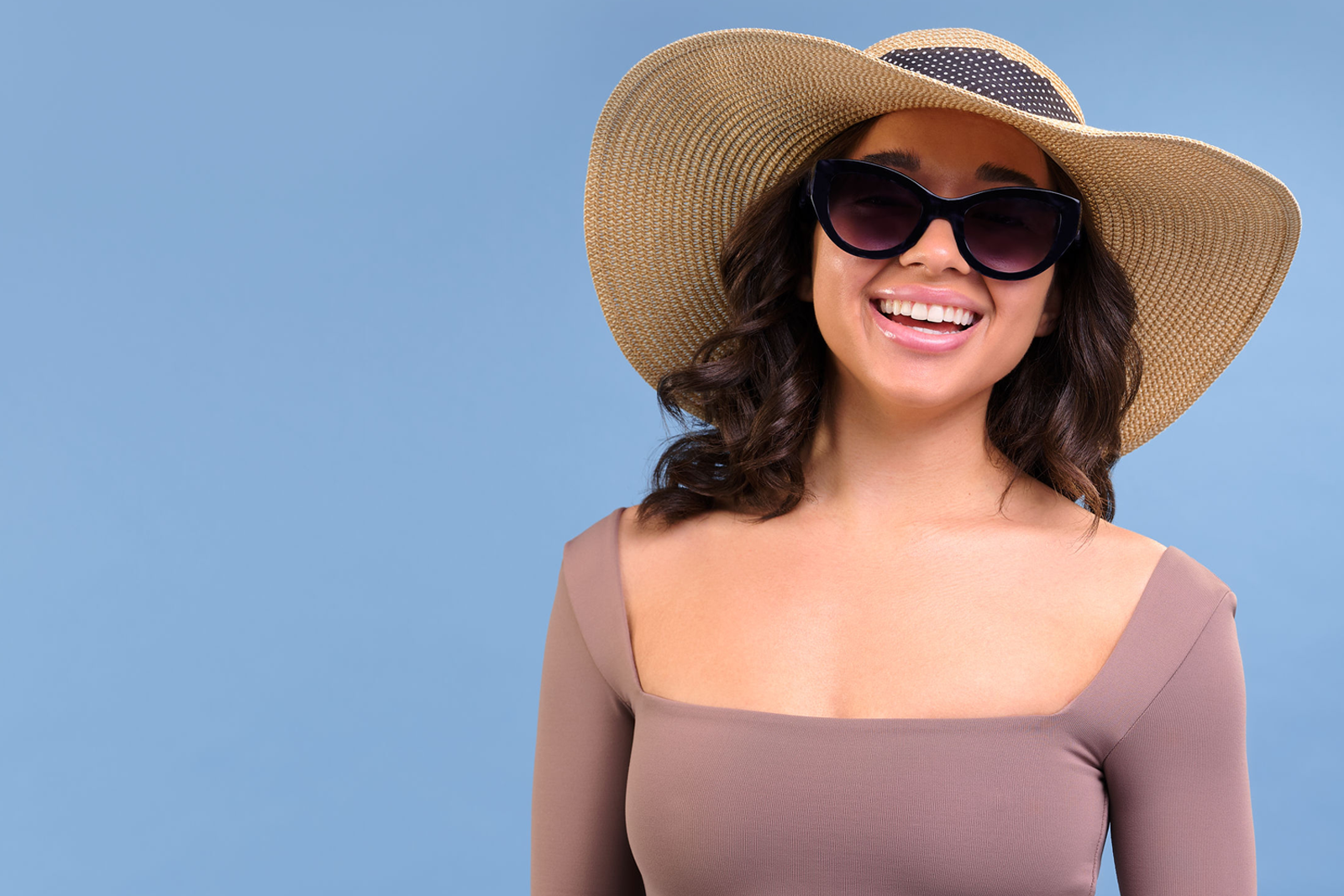

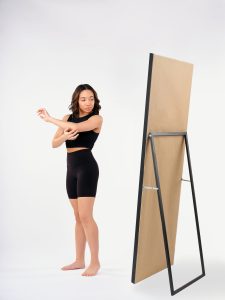

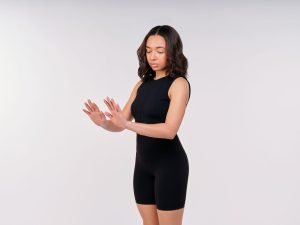
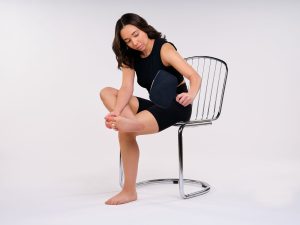
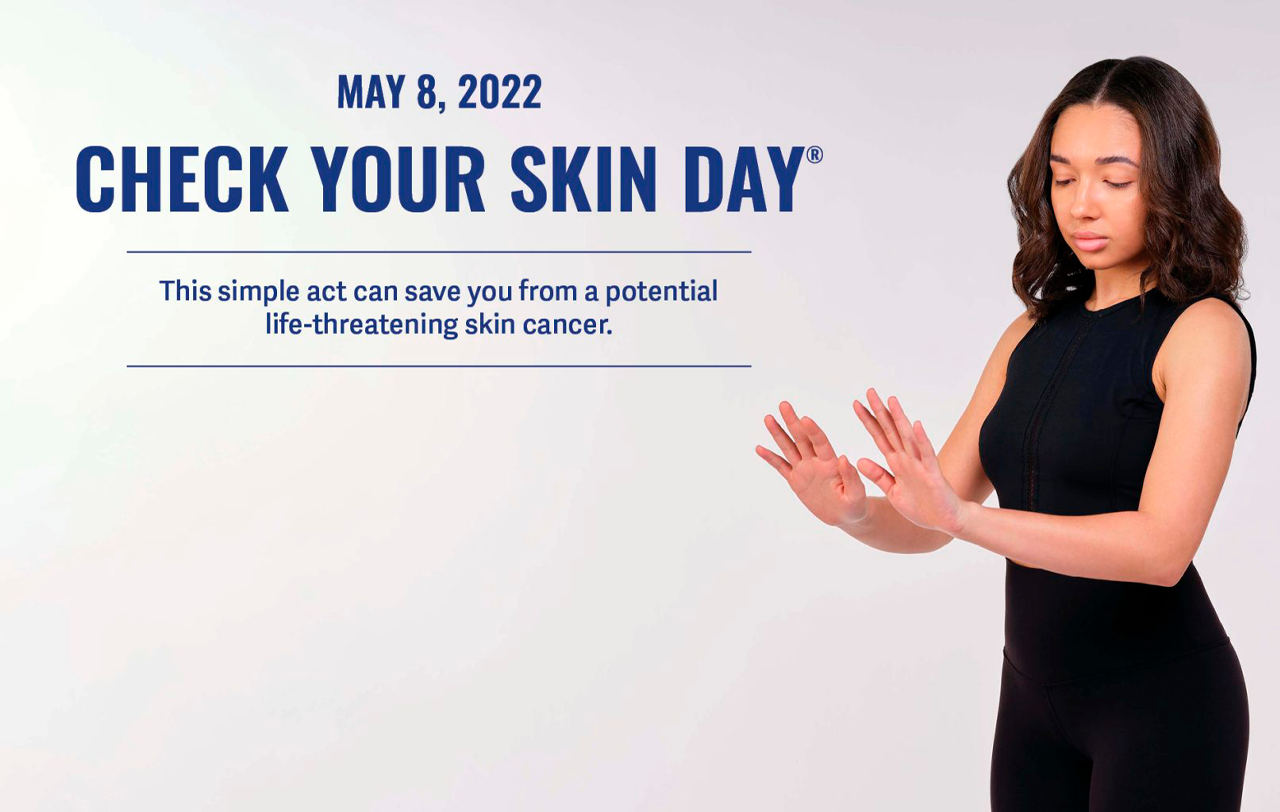
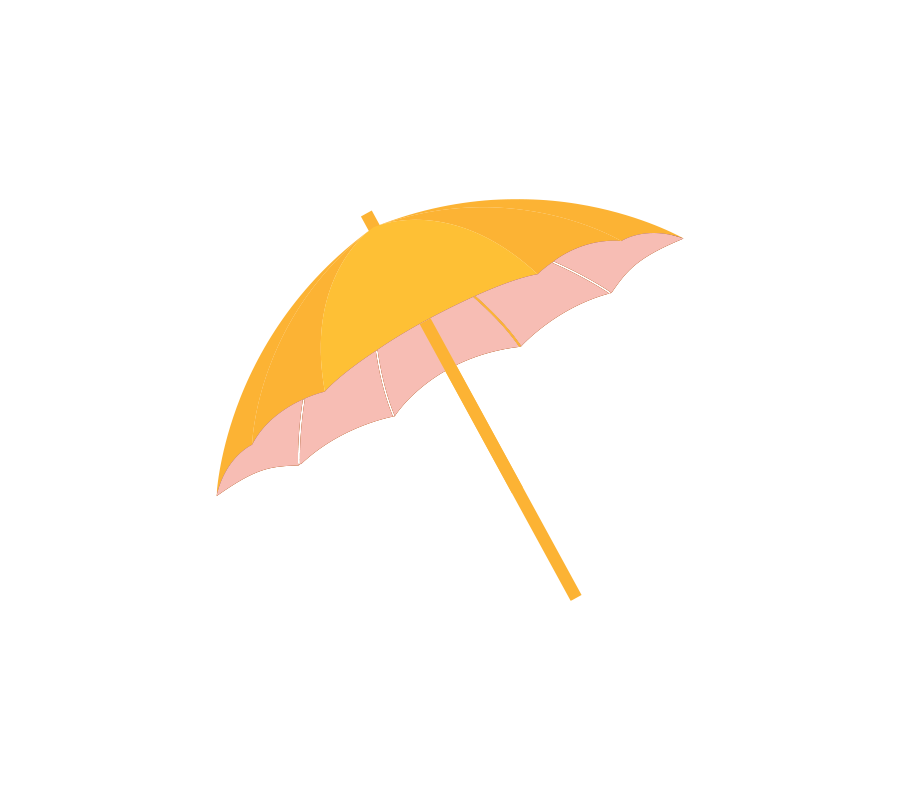

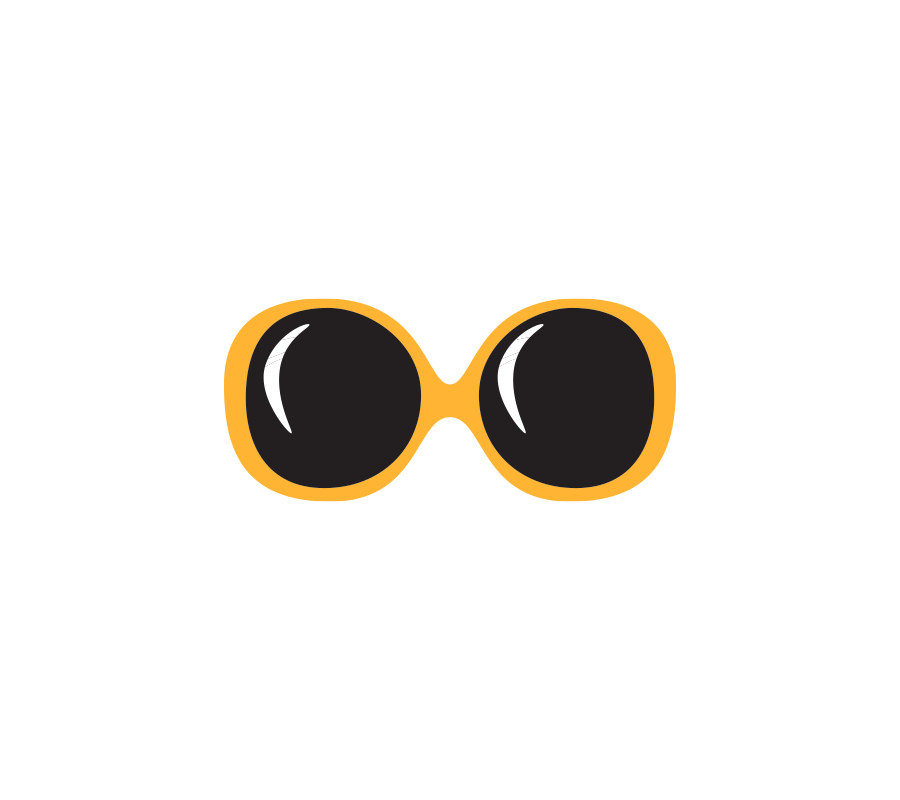

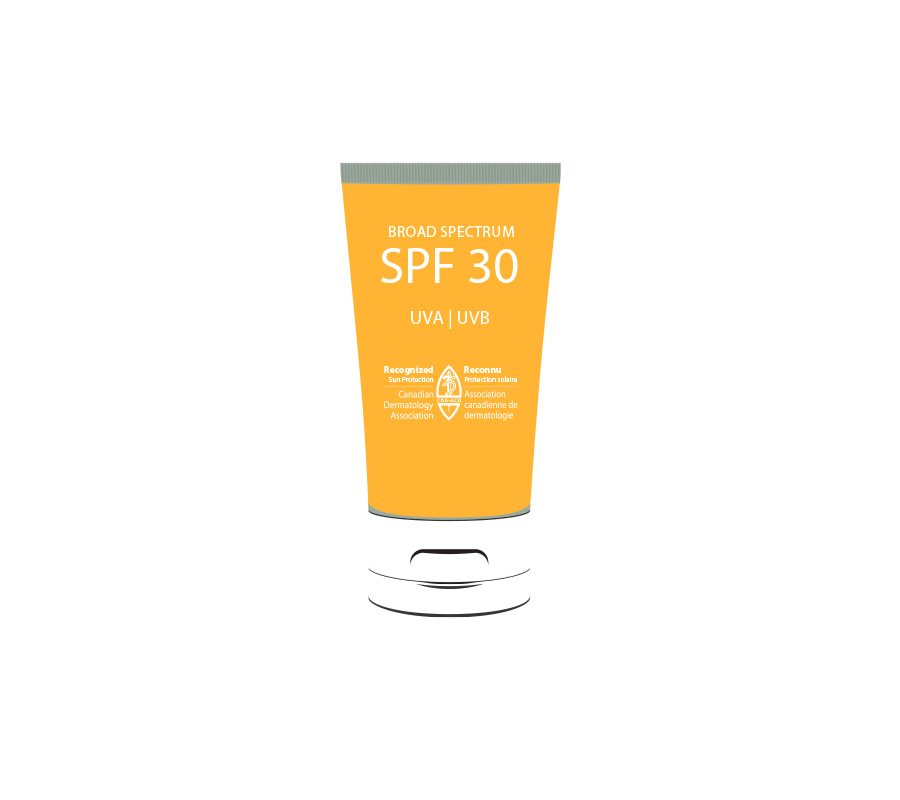
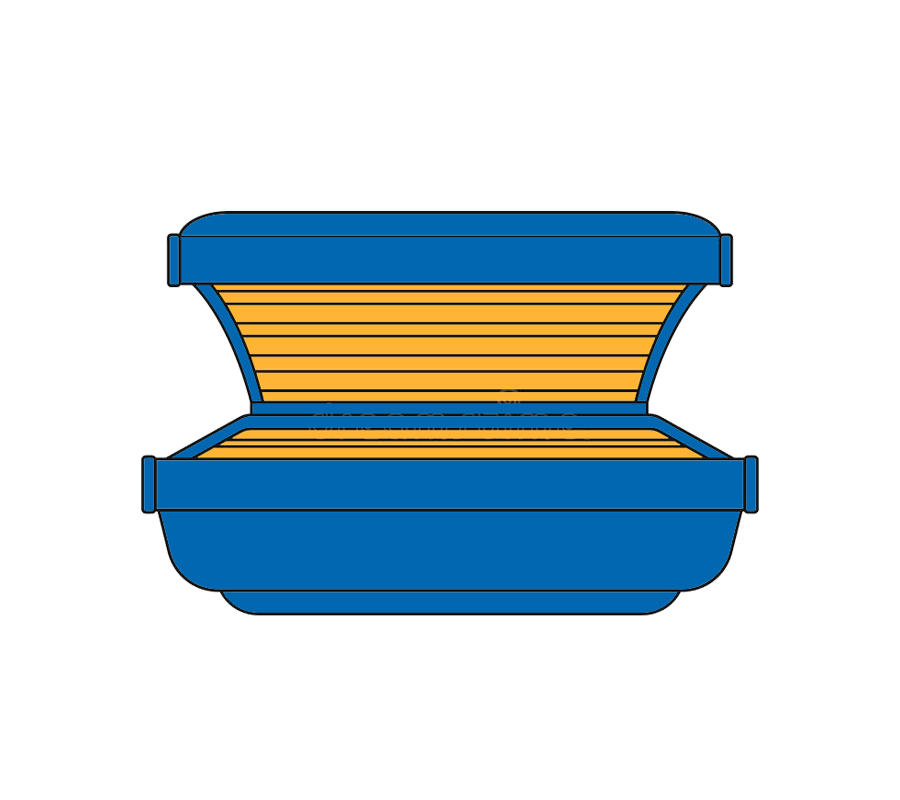





FOLLOW US ON SOCIAL MEDIA